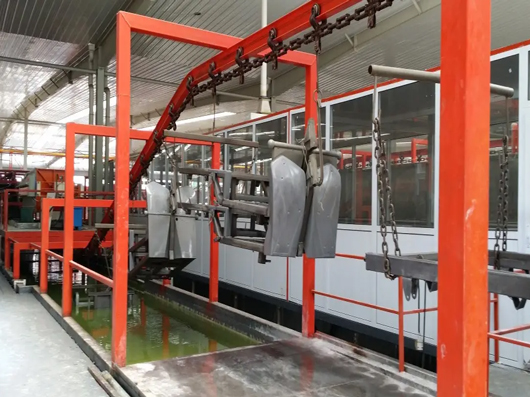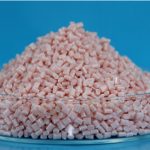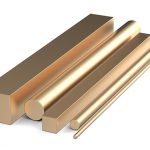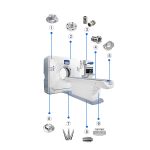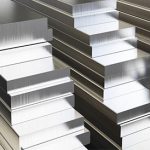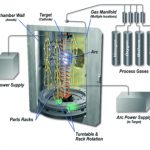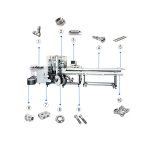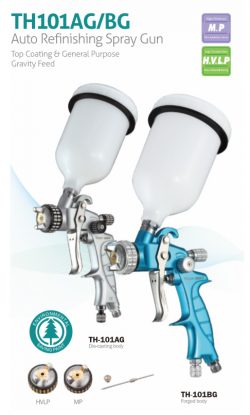ELECTROPHORESIS COATING
Electrophoresis coating can be called electrocoating, e-coating, electrophoretic painting, and probably a few other things. In any case, the parts are immersed in solution in an electrified tank containing the paint. Electrophoresis plating is drawn to the parts, where the addition or subtraction of electrons changes the paint from ions in solution to solid particles adhering to the parts in a manner analogous to electrophoresis metal coating.
The electrophoresis coating covers every nook and cranny because as the high spots become electrocuted, they become insulated and divert the current to the low spots. Also, the electrophoretic painting is extremely thin.
Where the parts are big and the process is automated, such as in the priming automobile bodies, the electrophoresis surface treatment can be quite expensive. But small setups for electrophoretic lacquering are not cost-prohibitive at all.
Richconn as a professional electrophoresis coating service supplier in China, can provide you not only high-quality products but also considerate services at a reasonable price. Come and ask for more details.
What Is Electrophoresis Used For?
The electrophoretic coating is a coating method that utilizes an electric field to make particles such as pigments and resins suspended in the electrophoretic solution migrate directionally and deposit on the substrate surface of one of the electrodes. The electrophoresis process is safe and environmentally friendly; Complete coating (complete coating of the complex workpiece); Fine coating; is efficient; High utilization makes it widely used, such as electrophoresis surface treatment of metal (automobile) parts. Surface treatment of plastic machining services, etc.
Electrophoretic Coating Process Benefits
Because electrophoretic coating has many unique advantages over other blackening surface treatment processes (stability, friendly to the environment, friendly to people, etc.), it is especially suitable for mass workpiece treatment.
Electrophoresis coating can ensure uniform coating thickness over all areas including sharp corners, recesses, cavities and areas that would be hard to reach with spray paint.
Electrophoretic painting is water based and non-toxic
Complete product paint coverage, no touch-up usually required.
Electrophoresis surface treatment primers dry smooth and require little if any sanding or preparation prior to overcoating.
Electrophoresis metal coating is useful for any aggressive environment eg marine, areas of industrial pollution, areas of high humidity.
Electrophoretic Coating Process
E-coat is otherwise known as electrophoresis coating. Electrophoresis plating refers to the high-tech process of using an electrical current to deposit a coating onto a component. Furthermore, the method works on the principle that “opposites attract” as the parts are positively charged. However, the solution is naturally negatively charged. Electrophoresis plating is widely used in a variety of industries. In addition, due to the controllability of thickness, it is ideal for the automotive sector. The electrophoretic painting process can be simply summarized in six steps: polish the surface until smooth, clean the surface, rinse, dip in a wetting agent, submerge in e-coating solution and finally cure the coating.
How Thick Is Electrophoretic Painting?
Our electrophoretic painting finish, normally is typically 10-25µm. Thickness can vary depending on the size and composition of each part, but uniform thickness is always guaranteed. Being only 10-25 µm, electrophoretic painting is the perfect choice for threaded components, or any parts where thickness tolerances are limited.
